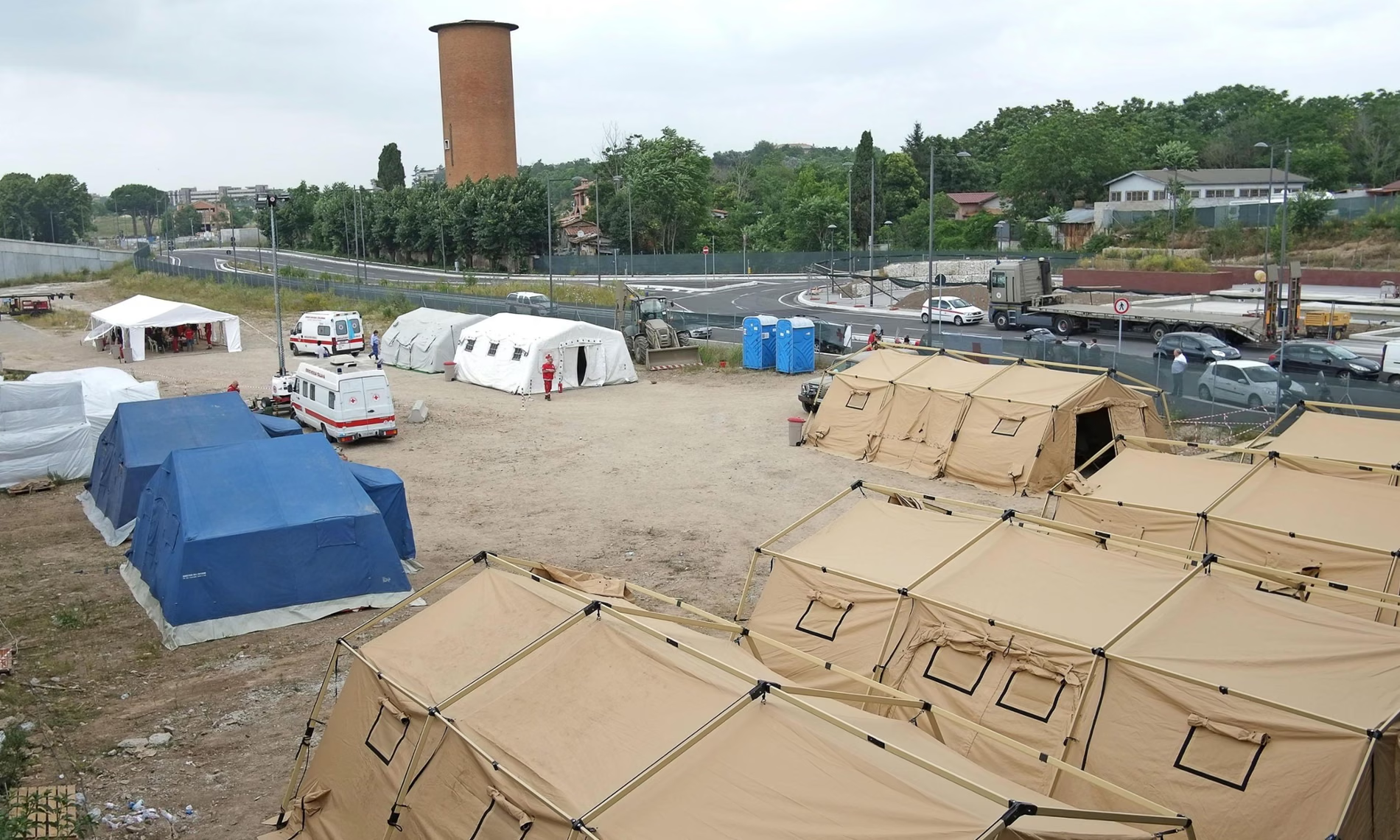
15 Jun Refugee Mental Health – Local Updates (June 2025)
Posted at 15:57h
in news
Refugee Mental Health – Local Updates
We present to you the latest local updates on the migration situation from 5 countries along the European transit route, with a special focus on mental health and psychosocial support (MHPSS). This section highlights key developments, challenges, and responses aimed at supporting the well-being of displaced individuals and communities in the context of European transit.
SERBIA
- Very few people are located in Serbia currently, with 591 entries as of March 2025. There are only 7 active centres with very few people inside of them, a trend noticeable in the last 6 months. There have been 0 asylum grants so far this year. There are fewer people seeking asylum in general, because most are only transiting through Serbia. Analysis of the Balkan route in 2024. shows very similar transit trends to current ones. An observed disparity between official and real numbers poses the question of why so many individuals stay invisible. There is a steady decline in the number of refugees, and fewer people are staying in camps.
- Useful resources:
CROATIA
- The context remains very similar to the Serbian context, with very few asylum grants, and an observed decline in entries in the country. Around 400 refugees are currently residing in Zagreb, and they come mostly from Russia, Syria, and Turkey.
- A noticed trend of refugees staying in Croatia for longer periods of time sparked a conversation about foreign workers; the topic is gaining more attention. The biggest issue at the moment is the lack of integration programs, since many persons are seeking counseling, but there are insufficient resources. Foreign workers have more difficulties finding NGO assistance than asylum seekers.
HUNGARY
- There is an observed decline in the number of refugees, most of whom are Ukrainians. The situation is problematic because of less funding; there were 15 shelters with financial support, but now a lot have closed down, and the budget is critically reduced. Most donors and supporters who supported refugee protection during the first years of the war have withdrawn, and the remaining support is limited.
- There are ongoing initiatives to integrate migrant workers and war survivors in the local communities.
- Due to changes and restrictions in funding CSOs, psychotherapists are trying to extend their traditional positions and provide different types of assistance, meaning that fewer people will receive specialized support.
ITALY
- Currently, there is a high number of sea arrivals to Italy, along with several shipwrecks and many casualties. Compared to last year, however, arrivals by sea decreased by 20%, perhaps due to new EU policies on migration, and Italian government tightening rules on migration.
- One agenda that will be voted on in a future referendum is citizenship of foreigners, specifically if there should be a reduction from 10 to 5 years of needing to live in Italy for non-EU adults to apply for citizenship. The referendum, however, is not widely covered in the media, and the results are uncertain.
- There has been a small but noticeable shift in regional health services; public institutions seem to be more oriented towards trauma-sensitive and intercultural approaches. Awareness has increased, but the situation is far from perfect – the system is regional and some regions are more liberal, have more funding, and are better able to address needs.
- Useful resources:
- Italy and Libya relations: https://www.governo.it/en/articolo/president-meloni-s-speech-italy-libya-business-forum/26949
- Italian government restricting NGOs: https://www.hrw.org/world-report/2025/country-chapters/italy
- Referendum: https://unipd-centrodirittiumani.it/en/news/abrogative-referendums-voting-on-labour-and-citizenship-set-for-june-8-and-9
- Current numbers: https://www.infomigrants.net/en/post/63788/in-march-arrivals-in-central-mediterranean-down-by-28-percent#:~:text=The%20UNHCR%20has%20released%20new,down%20from%203%2C329%20in%20February.
- Some more current information on migration (in Italian): https://stranieriinitalia.it/attualita/
GREECE
- There is an observed decrease in arrivals, along with increases in people leaving the country. Similarly to the situation in Italy, there seem to be many pushbacks and forced returns to Turkish waters.
- Recent research shows strong barriers to accessing the asylum procedure, and poor living conditions in asylum centers. The asylum process remains challenged due to lack of translation, while a potential solution is being discussed with NGOs. Additionally, the asylum process is being delayed (e.g., Afghan migrants waiting for 1-2 months); on the island, the waitlist goes up to 4 months.
- HELIOS IOM project has recommenced, aiming to help integrate refugees in the local communities. The project offers employability support services and accommodation support, amongst other things. There is also the HELIOS Junior project for refugees aged 18-21, whose mission is to provide a potential solution for younger people lacking support once they reach adulthood.
- There were recent disputes between Germany and Greece over migration policies, because Germany tried to return migrants to Greece, which Greece did not accept. New policies include denial of residence at camps for recognized refugees, despite having available accommodation in centers. Because of an increase in reception center rejections, refugees are forced to squat in apartments illegally, where they are at risk of being exploited.
- Previously, undocumented people who have been in Greece for more than 3 years and had a job offer could apply for a specific residence and work permit, in order to be able to work. Some persons’ status depended on their contracts, but this also allowed persons to have access to legal documentation and the labour market. From the beginning of this year, this did not continue.
- Useful resources:
